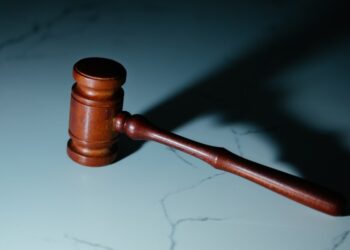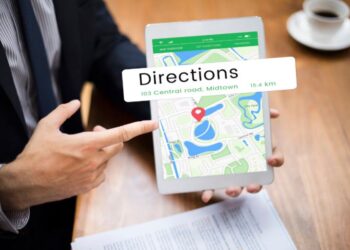Partition deeds are essential legal documents that come into play when co-owners of a property decide to divide their interests.
Whether you own property jointly with family members, friends, or business partners, understanding what to include in a partition deed is crucial for ensuring a smooth and legally sound division of property.
In this article, we’ll cover the essential clauses you should include in your partition deed to protect your interests and clarify the terms of the division.
Description of the Property
One of the most critical components of a legal partition deed is the detailed description of the property being divided. This section should include:
- The exact location of the property.
- Boundaries and dimensions.
- Any unique features or specific areas of the property that are relevant to the partition.
Including precise details ensures that there is no confusion or ambiguity about which portion of the property belongs to each co-owner. This can be particularly important in densely populated areas like Los Angeles, CA, where properties might have intricate layouts or shared spaces.
Identification of Co-Owners and Their Shares
A property partition must clearly identify all the co-owners involved and their respective shares in the property. This clause should detail:
- The names of all parties involved.
- The specific portion or percentage of the property each party will receive.
- Any agreements or arrangements that have been made regarding the division of the property.
By explicitly stating each party’s share, the partition deed helps prevent future disputes over ownership and ensures that each party receives their rightful portion.
Division of Liabilities and Expenses
It’s essential to outline how any existing liabilities or expenses associated with the property will be divided among the co-owners. This can include:
- Mortgage payments.
- Property taxes.
- Maintenance costs or repairs that may be required before the division.
This clause helps ensure that all parties understand their financial responsibilities and can plan accordingly.
Procedure for the Actual Partition
The property partition deed should provide a clear and detailed procedure for how the property will be divided. This could involve:
- The physical division of land, if applicable.
- How buildings or other structures on the property will be shared or divided.
- Arrangements for any shared facilities or common areas.
In urban environments such as Los Angeles, CA, this clause might need to address specific zoning laws or municipal regulations that could affect how the property is partitioned.
Dispute Resolution Mechanisms
Despite the best planning, disputes can arise during the partition process. Including a clause that outlines a method for resolving disputes is crucial. This may involve:
- Mediation or arbitration.
- A designated jurisdiction where legal proceedings will occur if necessary.
- Specific steps to follow if disagreements arise over the terms of the partition.
Having a clear dispute resolution mechanism can save time, money, and relationships by providing a structured approach to resolving conflicts.
Signatures and Legal Formalities
Finally, a partition deed must include the signatures of all parties. It must also have any required legal formalities, like notarization. This step ensures that the document is legally binding and can be enforced in court if needed.
Securing Your Property Rights with a Well-Drafted Partition Deed
A good partition deed is a must-have for co-owners wanting to divide their property fairly and legally. Include clear property descriptions. Detail each person’s share. Explain how to handle costs and split things. Include ways to resolve disputes. Cover all the legal stuff. This way, everyone’s protected.
If you found this article helpful, please take a look at some of the other posts we’ve put up on our site.










